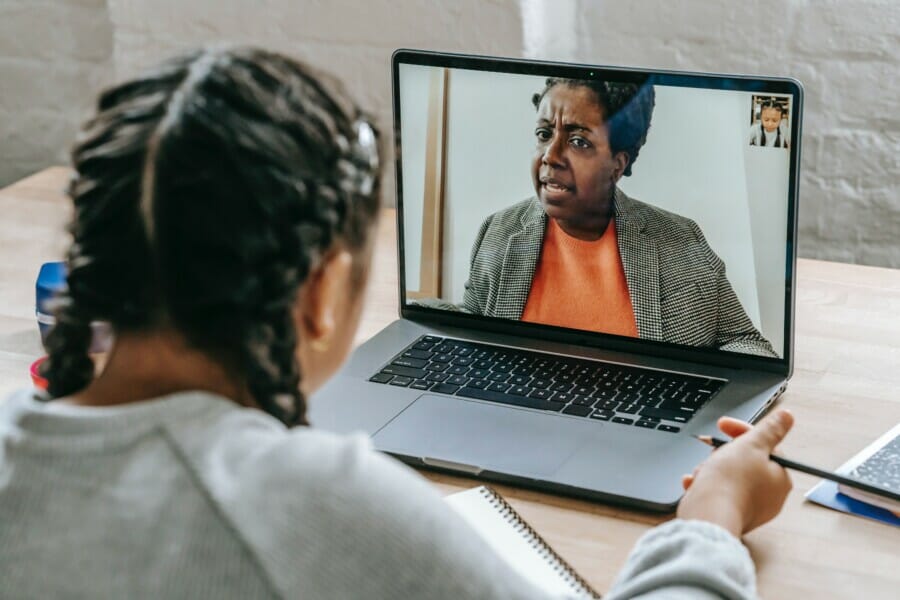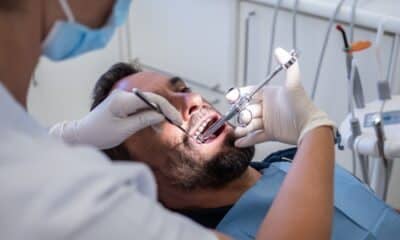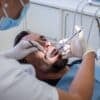Role Of Schools To Shield Children From Covid-19 Pandemic
In-person education is crucial for the overall well-being of children and teenagers. Schools serve as safe havens that nurture their mental, social, physical, and emotional health.
The COVID-19 pandemic has introduced challenges for schools. Some have stayed open, while others have adopted a mix of in-person and remote learning approaches.
Experts advocate for a return to in-person learning, but parents understandably have concerns. So, how are schools ensuring the safety of students amidst the COVID-19 pandemic?
Schools are diligently adhering to public health guidelines to protect students. Let’s explore the measures schools are taking to secure your child’s well-being.
Testing And Screening
One strategy schools are employing to contain the spread of COVID-19 among children is symptom screening. Identifying symptomatic individuals helps reduce the risk of virus transmission, especially among unvaccinated students. Screening for teachers and staff members who are not yet vaccinated is also recommended.
Screening is crucial, particularly for unvaccinated students, in curbing COVID-19 spread, especially in communities with high case numbers. It provides an additional layer of protection in instances where maintaining optimal physical distance within the school environment is challenging.
Effective screening should be conducted weekly, with prompt reporting of results within 24 hours.
In cases where a student or staff member displays COVID-19 symptoms or has been in recent contact with the virus, immediate diagnostic testing using saliva DNA collection kits should be carried out.
Physical Distancing
All students, including the vaccinated, must adhere to physical distancing guidelines.
According to CDC recommendations, students should maintain at least 3 feet of physical distance from others in classrooms. For individuals not residing in the same household, the CDC advises a minimum of 6 feet of physical distance.
This discrepancy is supported by studies on COVID-19 transmission among students in 2020-2021, indicating very low transmission rates among students who stayed less than 6 feet apart, provided other safety measures were in place.
Apart from enforcing mask-wearing and other safety protocols, schools should utilize outdoor spaces whenever feasible, especially for activities like physical exercises, singing, and band performances.

Image by August de Richelieu via Pexels

Face Masks
Wearing masks is an effective measure to reduce COVID-19 transmission, especially to individuals unable to get vaccinated or with compromised immune systems.
Even fully vaccinated individuals can contract and spread COVID-19, underscoring the importance of everyone aged two and above wearing masks covering their mouth and nose.
Given the high transmissibility and severity associated with recent variants like Delta and Delta Plus, masks remain crucial in preventing spread, despite the vaccines’ efficacy in reducing severe illness and mortality.
Consistent mask-wearing, ensuring a snug fit on children’s faces, significantly protects them from COVID-19. Parents should encourage their children to wear masks, modeling the behavior themselves. Seeking guidance from pediatricians can help address mask-wearing challenges for children with physical disabilities.
COVID-19 Vaccines
The American Academy of Pediatrics recommends COVID-19 vaccination for all children aged five and above, emphasizing full vaccination for both adults and children at the earliest opportunity.
Even if a child has previously contracted and recovered from COVID-19, vaccination is still advised unless medically contraindicated.

Image by Maksim Goncharenok via Pexels
Limiting Exposure
While children are less susceptible to severe COVID-19 outcomes, schools must have protocols in place to contain spread in case of exposures.
Individuals who have had close contact with a confirmed COVID-19 case should follow local public health recommendations for quarantine, unless vaccinated.
Fully vaccinated persons exposed to COVID-19 should undergo testing 5 to 7 days post-exposure, irrespective of symptom presence.

Special Considerations
In addition to observing COVID-19 safety guidelines, schools should account for several other factors.
High-Risk Students
Children with chronic or high-risk medical conditions may require additional precautions.
For children at increased risk from COVID-19 due to existing medical conditions, collaborating with the school and healthcare providers is crucial. Tailored accommodations or a blend of remote and in-person learning may be necessary for added safety.
Students with Disabilities
Students with disabilities may face challenges transitioning back to in-person learning, potentially due to missed services such as speech therapy, mental health counseling, or occupational therapy at school.
All schools should offer individualized education programs and cater to each child’s unique needs, including virtual service provisions.
Emotional and Behavioral Support
Schools should have resources in place to address students’ mental health needs during the pandemic.
Recognizing signs of distress, depression, and anxiety in students is vital, considering the significant number of children who have lost caregivers during this period. Schools should provide appropriate support and counseling services.
Organized Activities
Extracurricular events like sports and practices may be restricted. Schools offering physical activities should implement additional safety measures.
Nutrition
Until June 2022, schools can provide free meals to all students regardless of household income. Nutritious meals through school lunch programs are available, and students can access these services even when absent due to illness or school closures.

Final Thoughts
By fostering cooperation among schools, families, and communities, students can resume in-person learning safely.
Ensuring widespread COVID-19 vaccination eligibility among the community, practicing mask-wearing, staying home when unwell, and prioritizing others’ safety are key preventive measures.
Featured Image by Katerina Holmes via Pexels
















